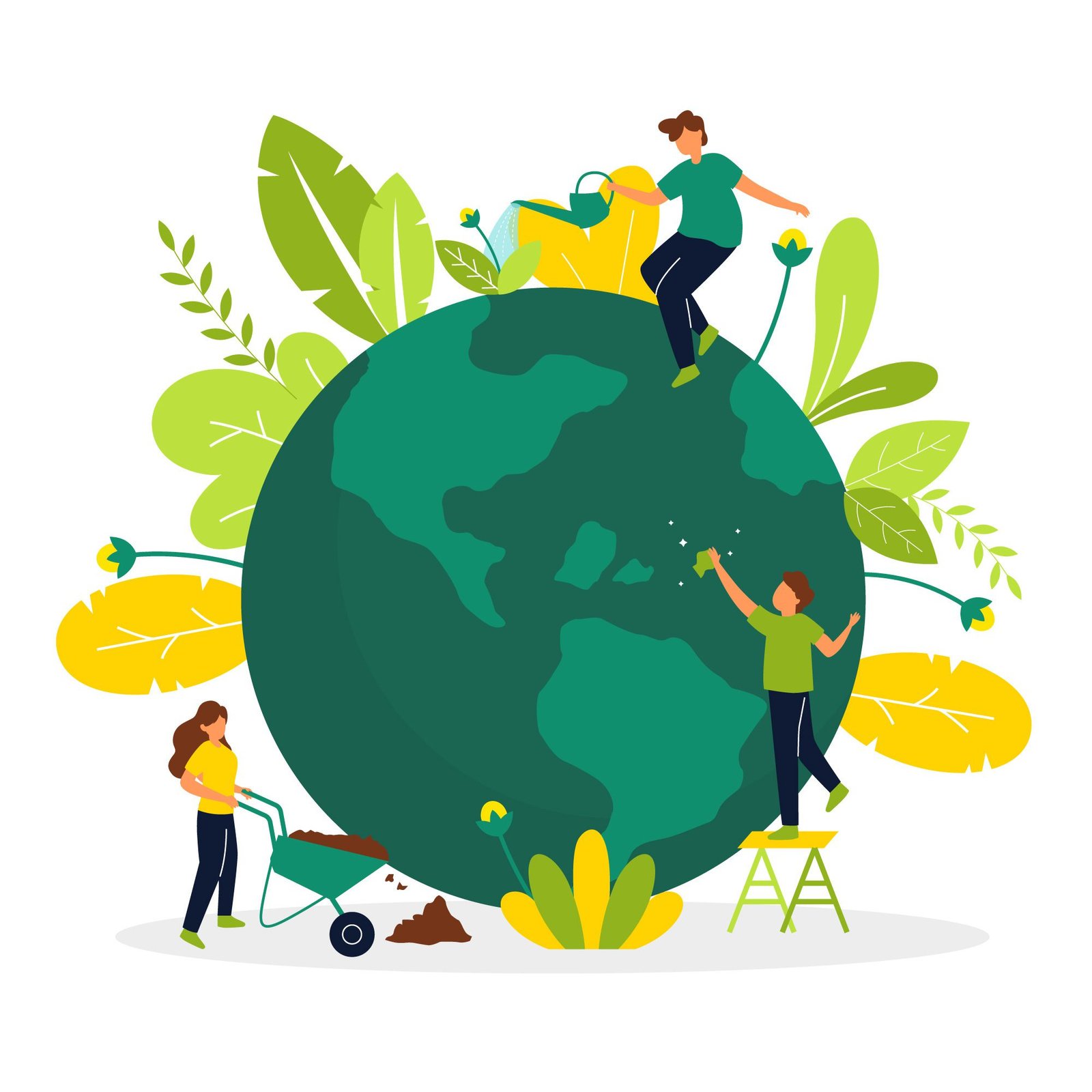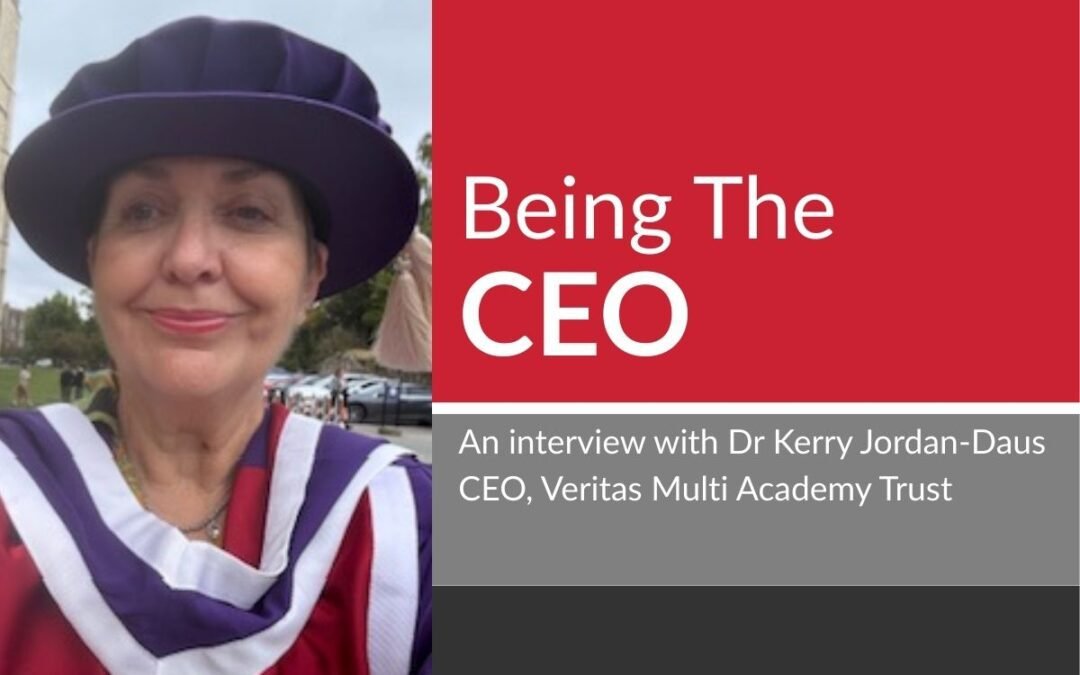
There are several reasons why many academy trusts are starting to consider how to include environmental sustainability in their curriculum in a more integral and meaningful way. One reason may be the ‘top down’ imperative; since COP26 the DfE have made their intentions clear that over the coming years climate change will need to hold an important place within the curriculum of all schools – particularly in Science, Geography and Citizenship. However, for an increasing number of trusts up and down the country, the drive to create a curriculum which places environmental sustainability at its heart has come from within the trust community itself, whether that be from the trust board, the passion of teachers and leaders, or from listening to and acting upon the concerns of the pupils themselves regarding the future of their planet.
The Moral Purpose
At the Rivers C of E Academy Trust, CEO Kate Brunt, and Headteacher Emily Calvert, spoke to me passionately about their reasons for developing a curriculum with sustainability at its heart. Emily, the driving force behind the development and inception of the curriculum along with Kerry Rochester (Director of Education and Deputy CEO of the trust), told me, “it’s fundamentally the right thing to do isn’t it? We know that what we do in the next 10 years is going to affect the next 100 years on this planet. We need to make a difference before time runs out, and we believe it’s our job as educators to empower young people and the communities that we work with to help to make that difference”. This echoes the views of thousands of young people across the country who expect the institutions they attend every day to represent and embody their expectations and hopes for a greener, more sustainable future.
The trust’s journey began when Kate, and Kerry Rochester (Director of Education and Deputy CEO of the trust), resolved to develop a more bespoke and progressive curriculum for the trust. At the same time, Emily, who was taking on the role of Headteacher of a brand new school within the trust, seized the opportunity to develop a new curriculum for her school with sustainability at its core. She tells me, “I wanted to create a curriculum that would empower and really speak to our young people, give them a sense of purpose, and prepare them to have a positive impact on the world. This is the generation that has to end climate change, work together to reduce the plastics in the ocean, and promote a healthier planet.” Emily put together a first draft of this curriculum and presented it to Kate and to Kerry, who were left inspired not only by Emily’s passion to educate young people about sustainability, but also by the sense of purpose and rigour within the curriculum Emily had conceived. Kate tells me, “it was an exciting moment. Emily’s curriculum plans were ambitious, and we recognised that this was exactly the kind of engaging and purposeful curriculum we had been looking for, for the trust as a whole. The curriculum followed the national curriculum in a way that was purposeful and innovative. It also related directly to the lives, and the futures, of our pupils. We asked Emily if this was something she would be willing to work on at a larger, trust-wide scale with us, and she agreed.”
“We need to make a difference before time runs out, and we believe it’s our job as educators to empower young people and the communities that we work with to help to make that difference.”


